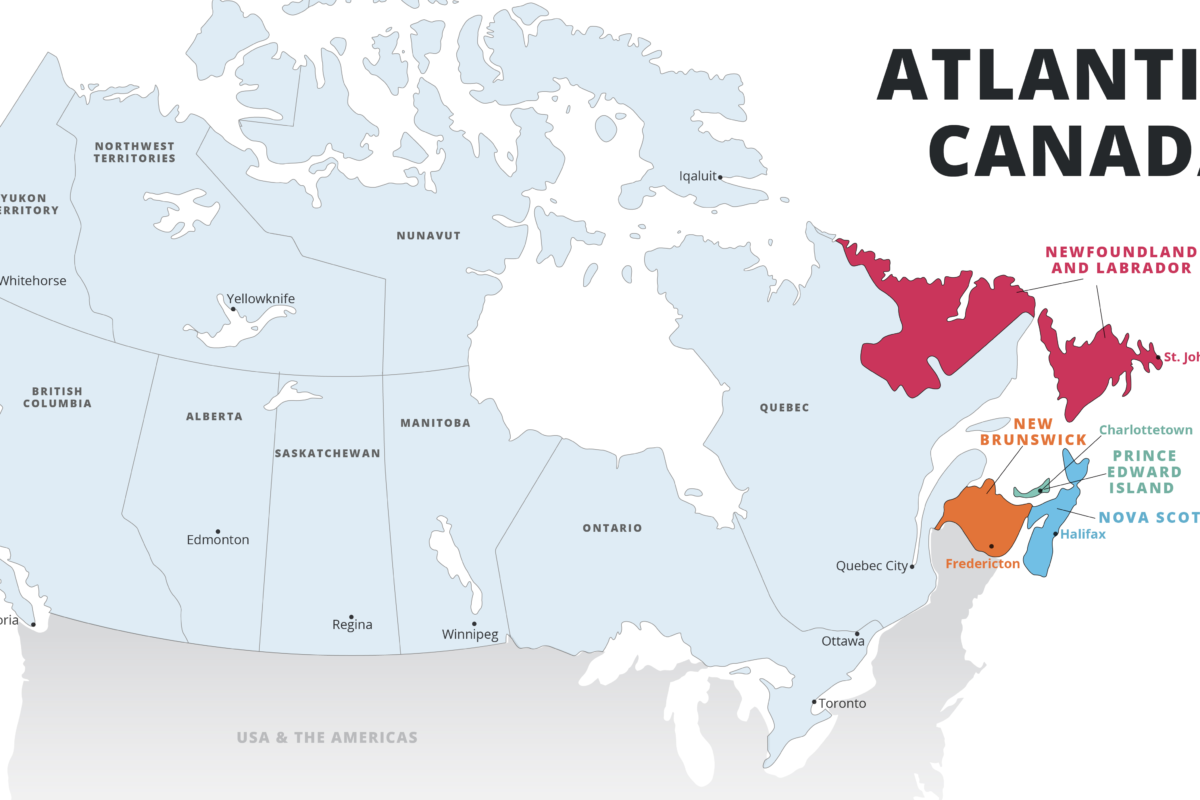The Ontario Immigrant Nominee Program (OINP) will start accepting applications to the Employer Job Offer: Foreign Worker stream on July 21, 2020. OINP is expecting a high volume of applications any place users in a priority queue. The online portal will automatically prevent further registrations once the intake limit has been met. Candidates applying under this stream must access the OINP’s e-Filing Portal. OINP is not recommending using a mobile device to access the e-Filing system.
Earlier this year, the foreign worker stream opened on March 03 and closed on the same day after a brief pause in intake due to technical issues.
Important changes in employer form
Applicant’s must submit the most recent version of the Employer Form, which must be completed and dated no earlier than July 21st, 2020. Including an Employer Form completed and dated prior to July 21st, 2020 will result in the application being returned as incomplete. Applicant’s will have 14 days to complete and submit the application after registration.
OINP has revised the Regulatory Compliance Information of the employer to indicate whether the employer’s business is currently compliant (i.e. has no outstanding orders) under the Ontario Employment Standards Act 2000 and the Ontario Occupational Health and Safety Act.
How to contact OINP in case of technical difficulties?
OINP can be contacted directly at ontarionominee@ontario.ca and include a screen shot showing the time and date stamp and include details about how the error occurred during registration.
OINP Employer Job Offer: Foreign Worker Stream
This stream is for foreign workers with a job offer in a skilled occupation at Skill Type 0 or Skill Level A or B of the National Occupational Classification (NOC). This stream is open to foreign workers in and outside of Canada.
Requirements
Job Offer requirements
- The candidate must have a full-time and permanent job offer. Full-time means the job must be a minimum of 1,560 hours a year and a minimum of 30 hours of paid work per week. Permanent means the job must have no end date (also known as an indeterminate duration).
- The job offered must be in a skilled occupation at Skill Type 0 or Skill Levels A or B of the National Occupation Classification (NOC).
- Salary in the job offered must meet or be higher than the median wage level, for that occupation.
- The position offered must be necessary to the employer’s business. This means that the job offer must align with the employer’s existing business activities and the position must be needed to maintain or grow ongoing business activity.
- The job duties for the position of the job offer must occur primarily in Ontario.
Applicant Requirements
- Applicant must have at least 2 years of paid full-time (or the equivalent in part-time) work experience (within the 5 years prior to submitting the application) in the same occupation (same NOC code) as in job offer.
- The applicant must intend to live in Ontario after becoming permanent residence.
- The applicant must have legal status (a visitor record, study permit, or work permit) at the time of the application and should maintain that status until the time of nomination.
Employer requirements
- The employer must be in active business in Ontario for at least three years prior submitting the application.
- The employer must have a minimum of $1,000,000 in total gross annual revenue for a job offer based in Greater Toronto Area (City of Toronto, Durham, Halton, York, and Peel regions) and $500,000 for a job offer based outside of the Greater Toronto Area.
- The employer must have at least 5 full-time employees (Canadian citizens or permanent residents) for GTA region and 3 full-time employees for a job offer based outside of the Greater Toronto Area.
Document requirements
Employer | Applicant
Cost to apply
- $1,500 CAD: if the job offer is outside of the Greater Toronto Area
- $2,000 CAD: if the job offer is within the Greater Toronto Area (City of Toronto, Durham, Halton, York, and Peel regions)
Need help in applying for OINP!
Please contact us for free consultation and assessment!





